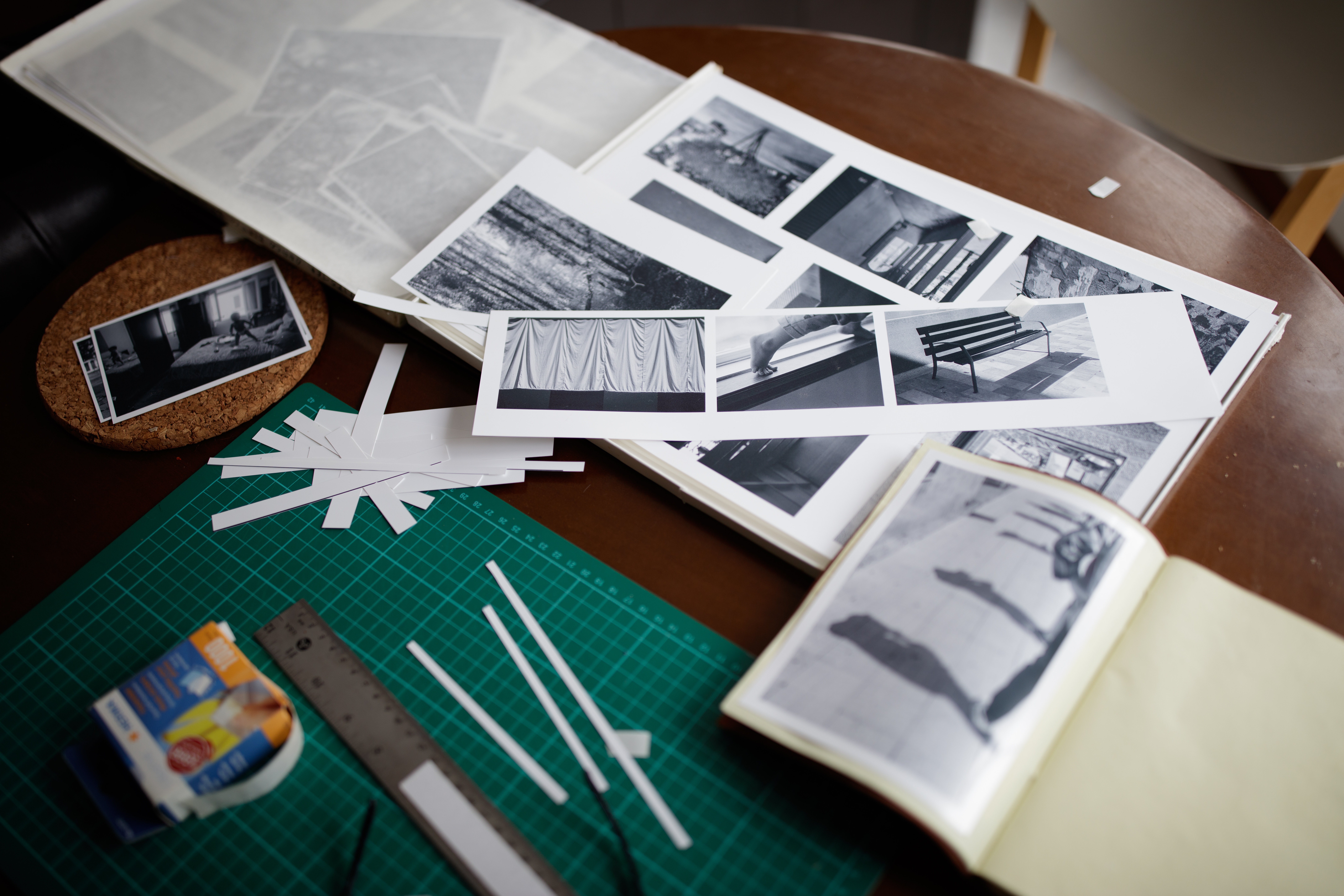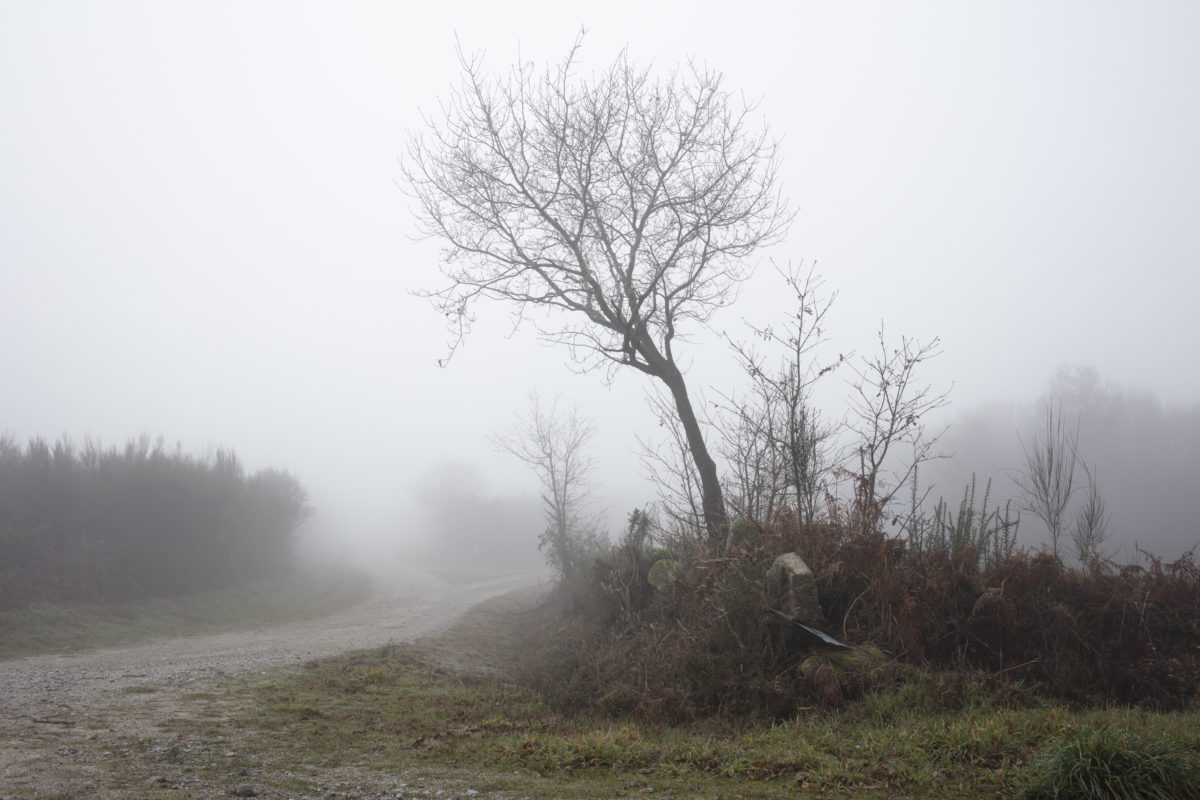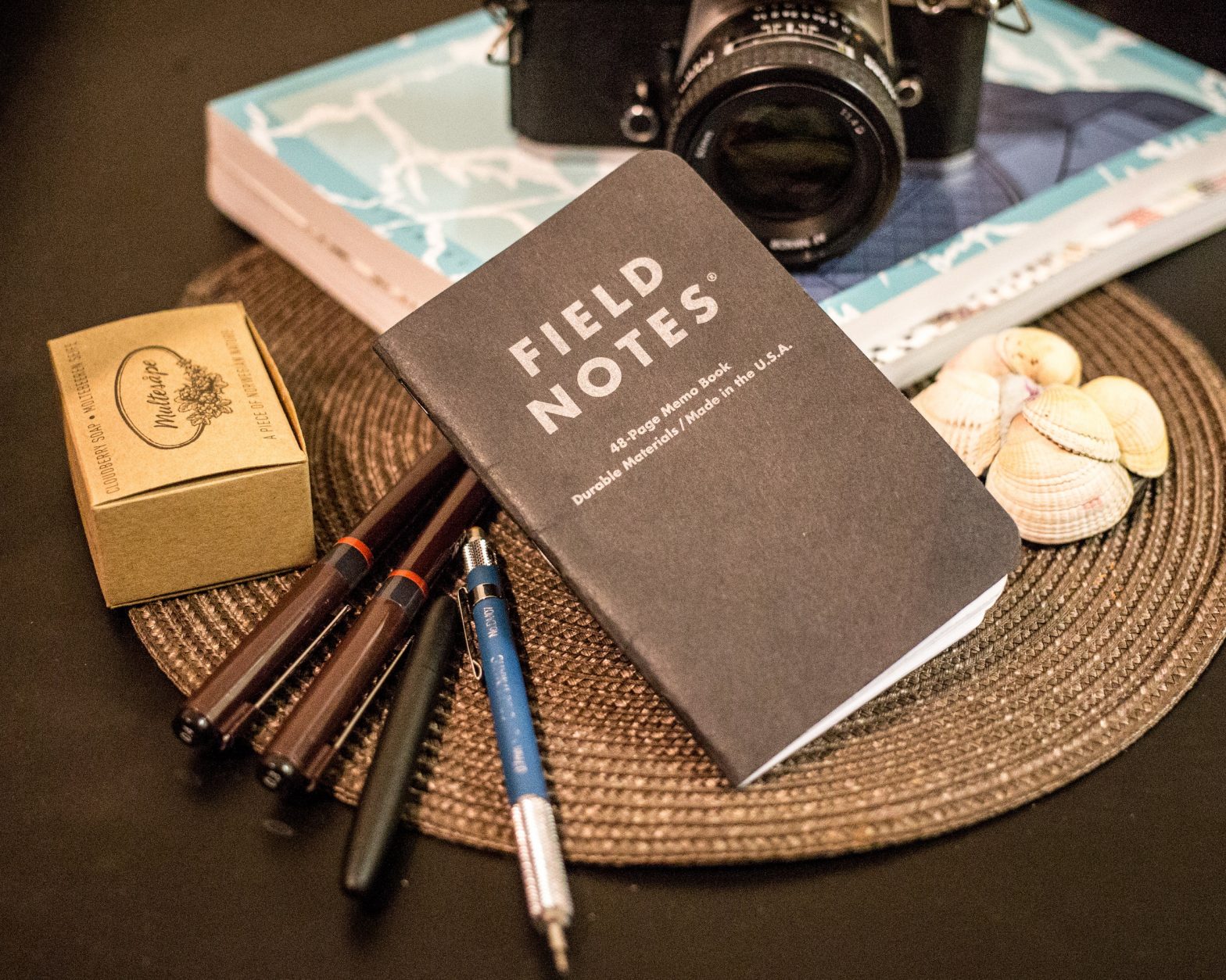Category: Creative Thinking Tools
-

The moment between before and after.
It has been nice over the past few days to revisit a project from the first year of the MFA in Photography I was lucky to complete a few years ago, during my time at Belfast School of Art. Lentamente el Camino Me Mata or Slowly the Way Kills Me is the product of a deep…
-

You will always have your notebooks.
—
by
tagged
For some reason I keep seeing ads for the Remarkable tablet. While that appeals to my inner consumer geek, the price is equivalent to about twenty premium leather bound notebooks and a lifetime supply of pens. From the palm pilot on there has be great promises of inner peace and the zen of organization. All…
-

Reconstituting Memory
—
by
tagged
Therapeutic Photography explores how art, particularly photography, can aid in mending the mind and addressing deep-seated traumas. Artists like Jo Spence have utilized photography as a therapeutic tool, confronting personal and historical traumas, thereby transforming memory and narrative into healing processes. Research by Judy Weiser and others has further established a framework within art therapies…
-

Sketchbook/Notebook methodology
Sketchbooks and notebooks are one and the same when you are an artist. Sketches are notes and notes illustrations of moments of inspiration and enquiry. The most important part of any system is to stay out of the way of creativity and spark that lights our fire. Pages of drawings can be free conventions unless…
-
Conceptualize
Explode—Divergent thinking Take risks, be persistent, be curious. Fail early and fail often. Using the inspirations that were collected in phase one, the team offer up ideas that address the needs of the brief. Team members can offer up fresh concepts or build on the work of others. Go for quantity, explore each idea entirely. Be…
-
Inspire
The input phase of the process where the team learns to eat sleep and breathe the subject of the brief. In order for this to work effectively it is important that we learn to come to terms with our filters. Throughout our lives we have been developing filters through which we see the world. These…
-
Some Design Principals
Complex problems require simple, clear and honest solutions. Successful solutions will move people by satisfying their needs, giving meaning to their lives and raising their hopes and expectations. Exceptional problems demand exceptional solutions that may be radical and even disruptive. Effective solutions will be collaborative, inclusive and developed with the people who use them. No solution…
-
Creative Confrontation Methods
Are similar in nature to association methods where completely new unexpected ideas are generated. However this method Enforces new ideas to fit the profile of the problem. There are many techniques that can be adopted within this method. Lateral thinking Analogies and chance The 3 component model for creativity applies to all methods.
-
Team dynamics: Swapping individuals
Throughout the process learning facilitators should be trying to create even teams. By even we mean functionally rather than structurally, acknowledging that individuals perform differently in different combinations. Good combinations are vibrant and productive. Spotting poor combinations is relatively easy, as the productivity of the team will be greatly reduced. Participants should be moved, as…
-
Team rotation methods
Letters are people in teams, #numbers are projects and circles are tables/work areas Three Stage Q&A Rotation In this model teams rotate around projects in a two-step process illustrated in the diagram above. As the teams come to a natural ebb and the facilitators feel it is time to reenergize the group, each team (fig.…
-
Team rotation across projects
A key component of facilitating team based creative thinking processes, is the requirement that teams repeatedly move around projects. There are a number of important reasons for this dynamic: Ideation—Going for Volume More people, means more ideas. Mastering a process requires repetition; by moving the teams to a new project while still in the same…
